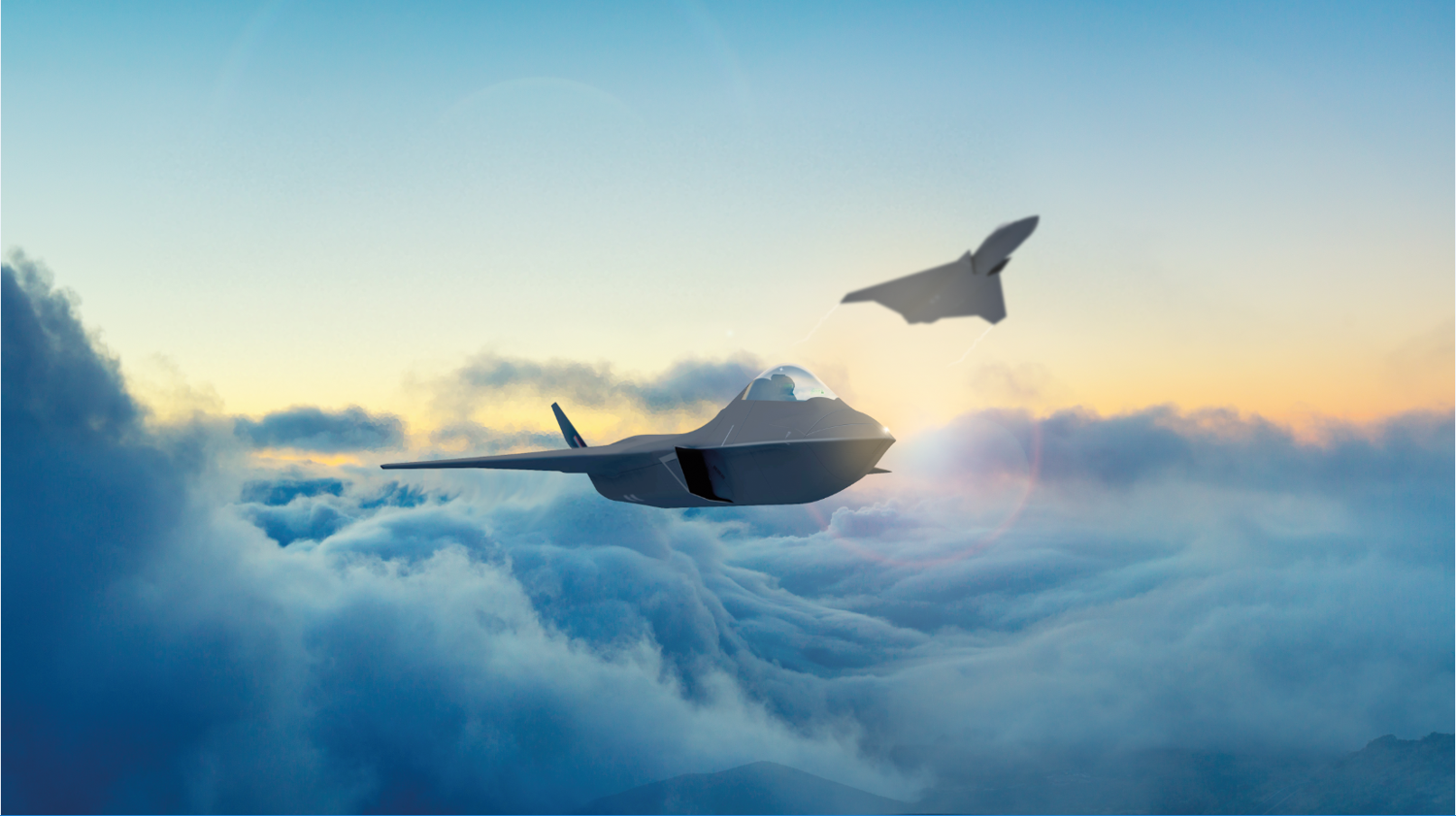
Sitrep: Could next-generation Tempest be the UK's last crewed fighter jet?

The UK's next generation fighter jet, Tempest, could be the last one that will need a human pilot to fly it.
Air Commodore Martin Lowe, programme director of the Future Combat Air System, was on the latest episode of the Sitrep podcast – which analyses the top defence stories of the week and is available wherever you get your podcast.
The Future Combat Air System is a project between the UK, Italy and Japan to develop a sixth-generation fighter jet – Tempest.
- Treaty signed to create Tempest - the RAF's next supersonic stealth fighter
- Sitrep: Is the defence spending increase as big as it seems and where will the money go?
- Sitrep: How RAF Typhoon pilots helped stop Iran's drone and missile attack on Israel
Said to come with concepts that sound almost like science fiction – laser weapons, brain sensors and cockpit controls within a helmet.
But the project also focuses on the development of high-capacity networking between aircraft, ground crew and unmanned aerial vehicles (UAVs), which is being termed as a 'Combat Cloud'.
Air Commodore Lowe said while he doesn't think "we're quite ready to have a fully uncrewed system yet", that is the plan for the future.
"We envisage the future system to be a mix of crewed piloted planes in the traditional sense and uncrewed systems alongside it," he said.
"And we will find the right balance of those things to have the necessary military effect.
"It's fair to say in the future, combat air systems will be fully uncrewed – quite how far in the future is a debate."
However, central to the Future Combat Air System remains Tempest.
It is expected that in three years time, we should see the first prototype of Tempest and in just over 10 years, the UK and two allies want the first Tempest planes in service.
Air Cdre Lowe said, while he could not reveal specifics on the development of the jet, he "can talk about a long-range, highly survivable next generation platform with really quite impressive networking capabilities into other systems".
"It really is a brilliant thing," he said.
"We all see from the news, the increasing use of uncrewed systems and artificial intelligence driven platforms in the modern battlefield.
"That trend will continue, so we will be developing those systems alongside our pilots in fighter planes of the future."
Sitrep's resident expert, Professor Michael Clarke, said the most important word Air Commodore Lowe used was "networkability".
"This sixth generation fighter capability is all about networking," he said.
"So whether one aircraft can direct another six uncrewed aircraft, robot aircraft, plus all the connectivity it needs to air control, electronic warfare, ground issues, satellite and so on, it's all about networking.
"The idea, and I've heard the Chief of the Defence staff talk about this, he said we could conceive in the not-too-distant future of an air force of 1,000 aircraft, of which only 100 of them have pilots in them.
"We think of a navy of 600 ships, of which only 50 are crewed ships.
"That's the sort of thinking that we are moving towards robotics, where a number of aircraft are used and operate like any other fighter.
"But only one or two pilots are involved in directing 10 or 15 aircraft."
You can listen to Sitrep wherever you get your podcasts, including on the Forces News YouTube channel.









